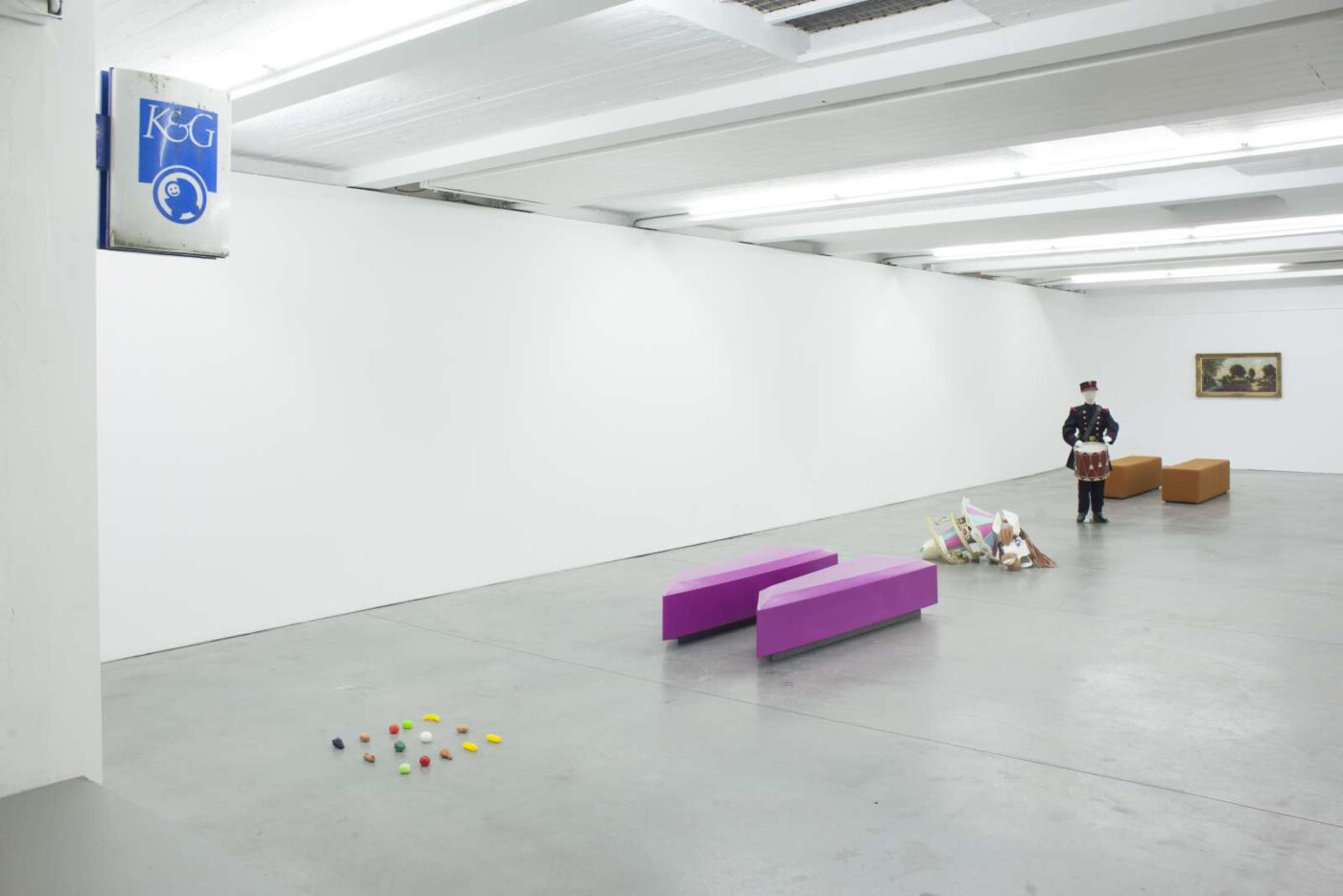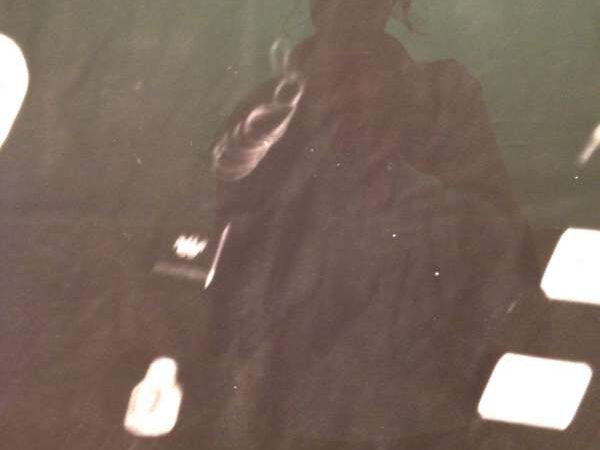exhibition
All ProgrammeVIOLETS 3 (2019)
Ghislaine Leung

VIOLETS 3 is the third episode of Ghislaine Leung’s long-term project, developed for Netwerk Aalst. While VIOLETS 1 and 2 were directed inwards, at Netwerk Aalst, and prompted self-reflection on, and dissection of its institutional body, this episode turns outwards, towards the city of Aalst. Utilising and inverting the organisational infrastructure of Netwerk Aalst’s concurrent Alias project, the score for VIOLETS 3 opens a recirculation of goods and relations. Whilst Alias brings artworks out of the gallery and into civic life, VIOLETS 3 completes this cycle by bringing civic objects from these institutional partners back into the gallery.
The cross-organisational negotiation, loan and display of these objects constitute the work VIOLETS 3. In bringing together these objects in the context of Netwerk Aalst, VIOLETS 3 prompts not only their revaluation, but more importantly, that of the ways in which different organisational value systems are themselves established, maintained and instigated. This negotiation process is visible through the display of each partners’ loan-agreements, as per the score of the work. With each loan processed at its own pace, the diverse formats of the contracts reflect the formal and informal ways in which these civic and civil structures work together.
In mobilising the existing relations between different actors in the public sphere of Aalst, Ghislaine Leung puts to test the flexibility and mutual dependencies of these institutional bodies, attempting to create an alternative circulation, of not only materials but public and private institutional relations.
Credits: VIOLETS 3 (2019). Courtesy Ghislaine Leung and ESSEX STREET, New York. Curated by Alicja Melzacka. Commissioned by Netwerk Aalst.
Reading List:
Apparduai, Arjun. (1986) The social life of things. Commodities in Cultural Perspective. Available at:https://pdfs.semanticscholar.org/435b/590e7347103b1bd5a755cdc5df374bd4dfb1.pdf [Accessed: 25 September 2019].
Arendt, Hannah. (1966-67) A Lecture. Available at: https://lithub.com/never-before-published-hannah-arendt-on-what-freedom-and-revolution-really-mean/ [Accessed: 25 September 2019].
Fraser, Andrea. (2005) From the Critique of Institution to the Institution of Critique. Available at: http://www.marginalutility.org/wp-content/uploads/2010/07/Andrea-Fraser_From-the-Critique-of-Institutions-to-an-Institution-of-Critique.pdf [Accessed: 25 September 2019].
Freeman, Jo. (1971) The Tyranny of Structurelessness. Available at: https://www.jofreeman.com/joreen/tyranny.htm [Accessed: 25 September 2019].
Honing, Bonnie. (2013) The Politics of Public Things: Neoliberalism and the Routine of?Privatization. Available at: http://www.helsinki.fi/nofo/NoFo10HONIG.pdf [Accessed: 25 September 2019].
Leung, Ghislaine. (2012) Complicity Fetish Agency. (PDF Attached)
Lorde, Audre. (1984) The Master’s Tools Will Never Dismantle the Master’s House. Available at: https://www.muhlenberg.edu/media/contentassets/pdf/campuslife/SDP%20Reading%20Lorde.pdf [Accessed: 25 September 2019].
Rauning, Gerald. (2007) Instituent Practices, No. 2
Institutional Critique, Constituent Power, and the Persistence of Instituting. Available at: https://eipcp.net/transversal/0507/raunig/en.html [Accessed: 25 September 2019].
Smith, Kenwyn K. and David N. Berg. (1987). Paradoxes of group life. San Francisco: Jossey-Bass Inc. & Magee, Sherrie – Powerpoint presentation "The Paradoxes of Group Life", April 2006. Available at: https://nycgrouprelations.org/wp-content/uploads/2018/06/paradoxesofgrouplife.pdf [Accessed: 25 September 2019].
18.09.2020-

